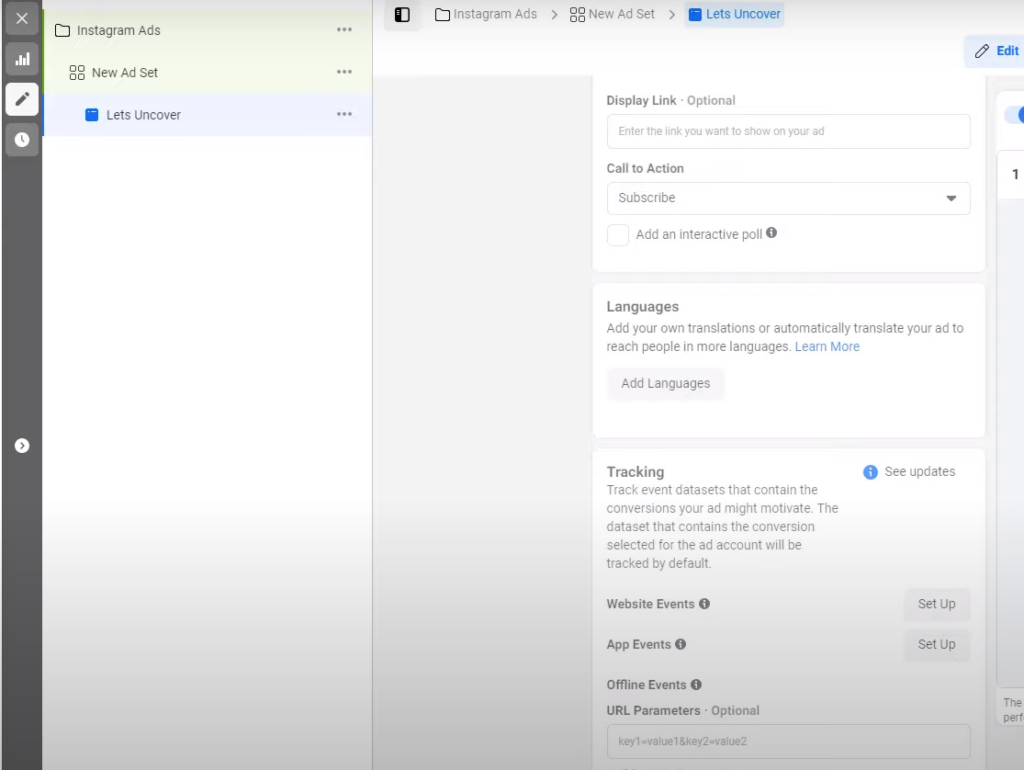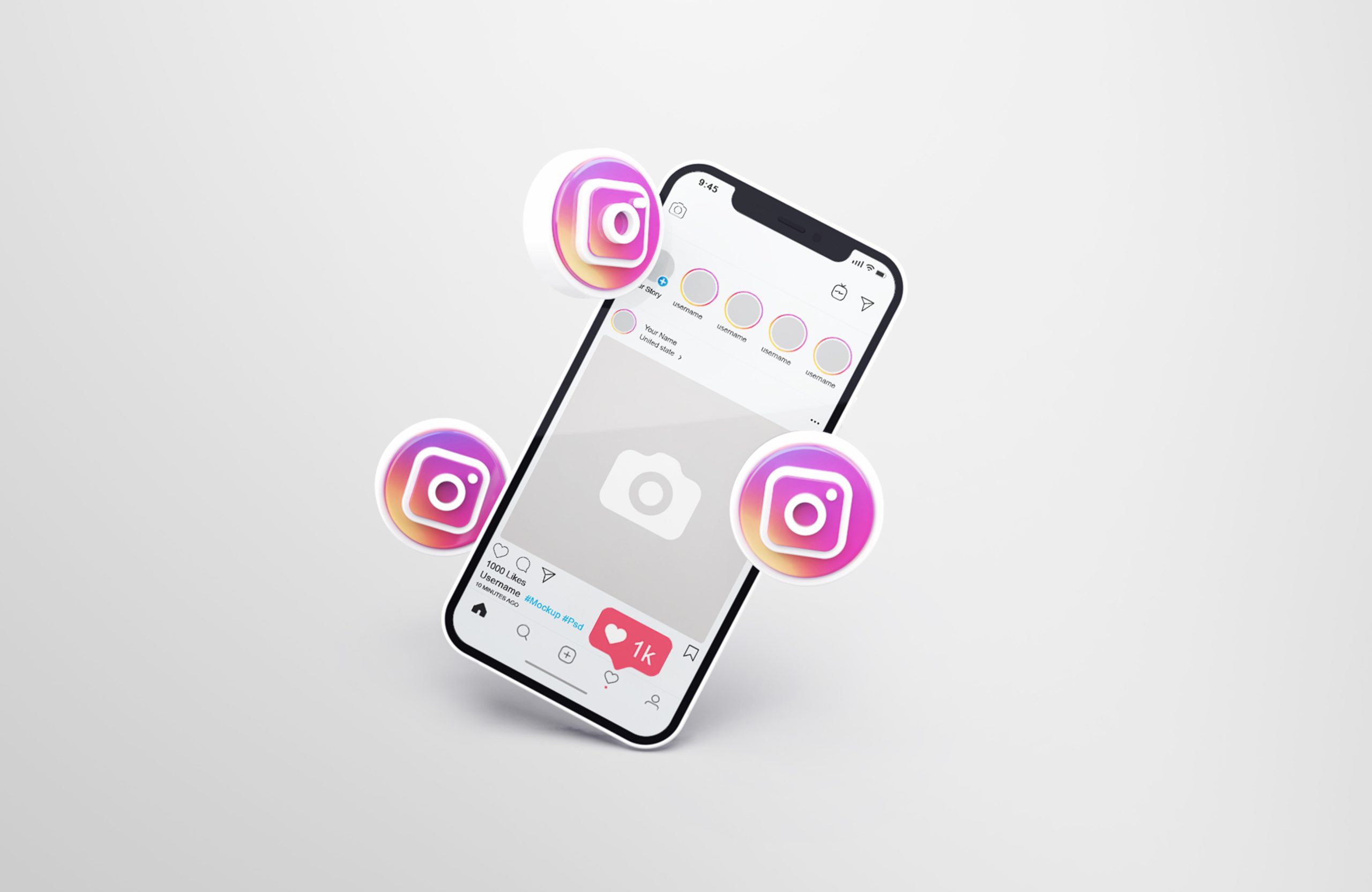Instagram number of users nowadays have reached 1.45 billion. If your target audience is on the platform, the perfect ad may capture their attention, generate leads, and, eventually, raise your income. However, Instagram Ad involves more than just sharing a beautiful photo. To mention a few, you must create campaigns, target the correct demographic, create a budget and posting schedule, and track results. To make things easier, we’ve put together a checklist to help you set up a campaign one step at a time.
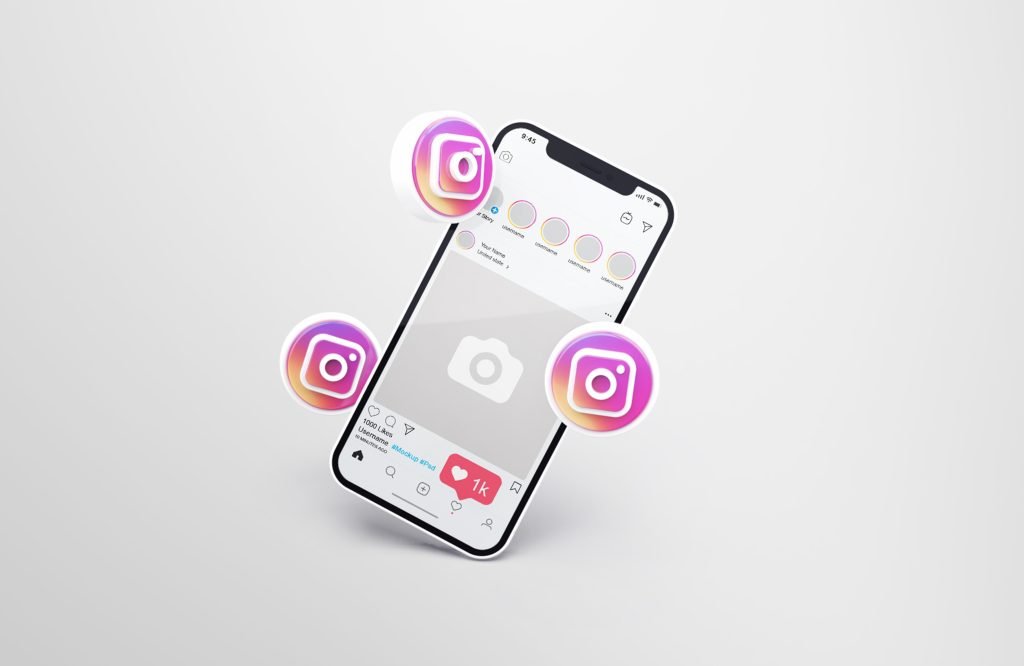
How to promote your business on Instagram?
Choose an editor and start working on Instagram ad campaign
Determine your goal
Select your target audience
Set your Instagram Ad placement
Create a budget and a timetable
Customize Instagram ads creativity
Create Instagram page link
Provide feedback on Instagram ad performance
Step 1: Choose an editor and start working on Instagram ad campaign
You may build Instagram Ad with a variety of tools, including:
Power Editor
Ads Manager
API for Facebook Ad
When deciding which tool to use, consider the size of your organization as well as the number of ad you intend to run concurrently. If you manage a large number of campaigns or need extremely fine control over your campaigns, you should consider using the “Power Editor”. However, the ad manager meets the majority of marketers’ demands, so we’ll stick with it for the rest of this piece. After you’ve chosen an editor, you’ll be given the choice of seeing all campaigns or creating a new one. To begin with an Instagram ad, you must first establish a new campaign.
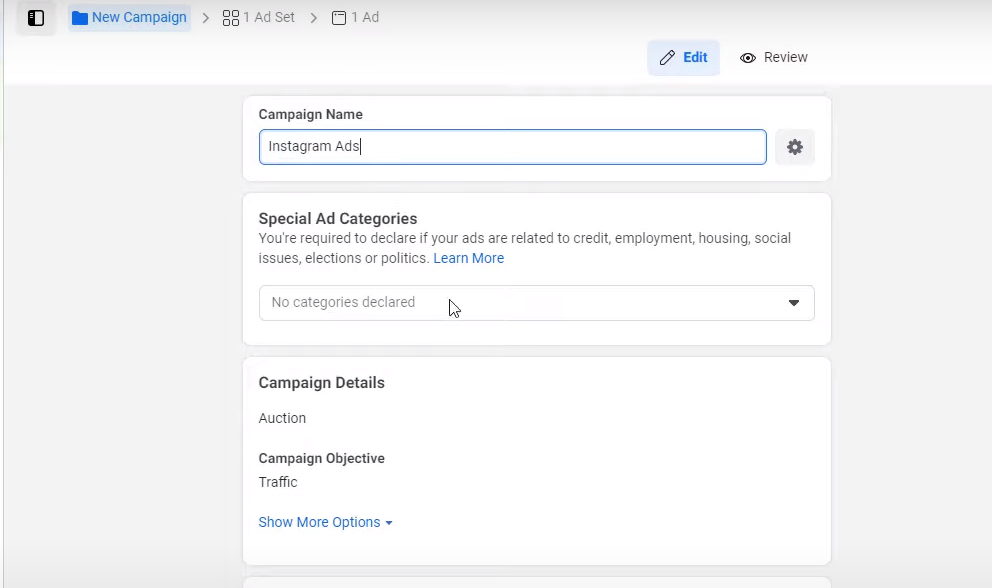
Step 2: Determine your goal
You’ll find that there are a number of different campaign objective options available here. However, in order for your ad to display on Instagram, you must select from a somewhat reduced list:
- Boost your posts
- Send people to your website
- Increase website conversions
- Get your app installed.
- Increase app engagement
- Obtain video views
When you choose this option, you will be asked to name your campaign. This may appear to be a simple chore (and it is), but it is a good idea to have a naming standard or defined method in place within your business. This will make it easier for you to keep track of campaigns as you develop more of them.
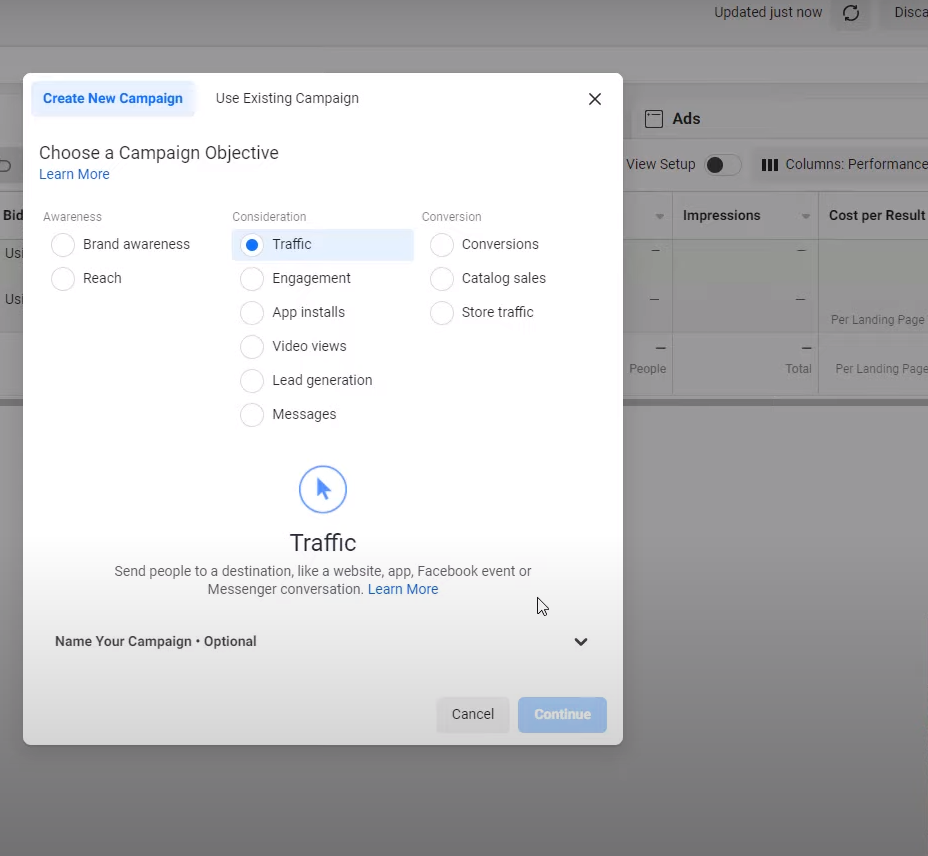
Step 3: Select your tareget audience
If you’re just getting started with Instagram ad, chances are you won’t know exactly who you want to target. This will come with time, and you may have to experiment at first. (If you need help deciding on the suitable audience, see this page).
During this stage, you’ll discover that the platform’s built-in targeting may be as basic or as complex as you want, with choices like:
- Location
- Age
- Gender
- Language
- Education
- Work
To target individuals who have already interacted with your business, you can establish a bespoke audience, or you can create a lookalike audience to reach new people on Facebook who are similar to your most valued audiences. The ad platform also allows you to keep the audience you generate for subsequent usage, which is useful if you’re experimenting and want to remember the precise crowd you utilized for specific campaigns.
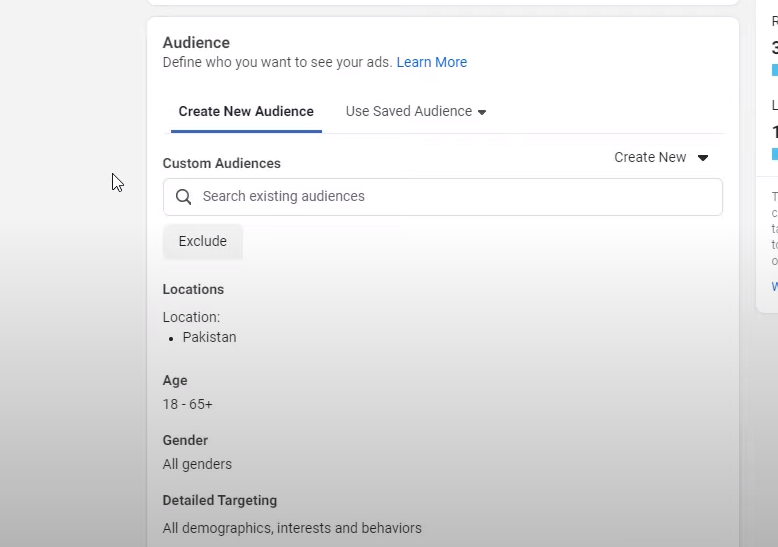
Step 4: Set your Instagram ad placement
This is the most significant difference between setting up Facebook ad and Instagram ad. To proceed with the Instagram ad, tick all boxes except “Instagram.”
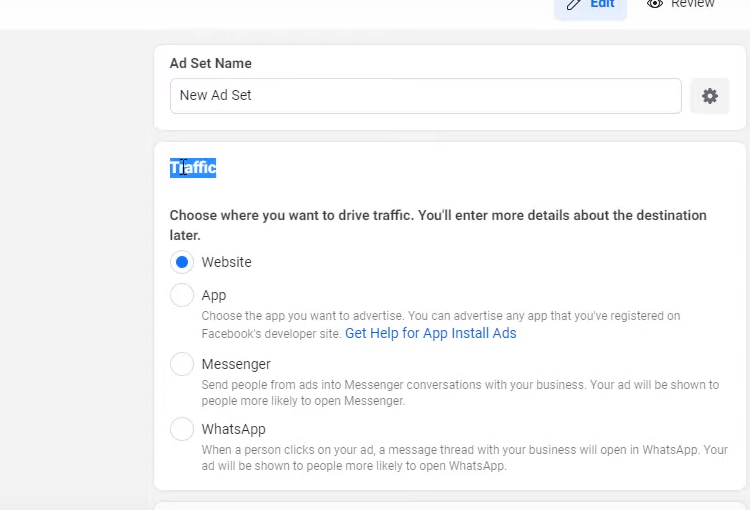
Step 5: Create a budget and a timetable
For your campaign, you may choose between a daily budget and a lifetime budget. The distinction is as “Follows:”
Daily budget: configures your ad to run constantly throughout the day, which means the system will automatically pace your expenditure each day. Keep in mind that depending on the variables in your campaign, the minimum daily budget is generally about $1.00.
Lifetime budget: configures your ad to run for a defined amount of time, implying that the ad algorithm will pace your expenditure throughout that time period.
Setting your timetable is another component of budgeting. You must specify exactly when you want your campaign to begin and end, down to the minute. There are additional options for configuring your ad to display solely during specific hours of the day. Then you may schedule your ad delivery. You have three options here that will affect who sees your adverts.
Link Clicks: Your ads will be distributed in the most cost-effective way possible to obtain the most clicks to your website. Everything is based on the platform’s algorithm.
Impressions: Your adverts will be shown to as many people as possible. Have you ever seen the same ad on your newsfeed all day? This option is most likely being used by that business.
Daily Individual Reach: Your ad will be delivered to people up to once each day. People may view your ad several times, but not multiple times every day.
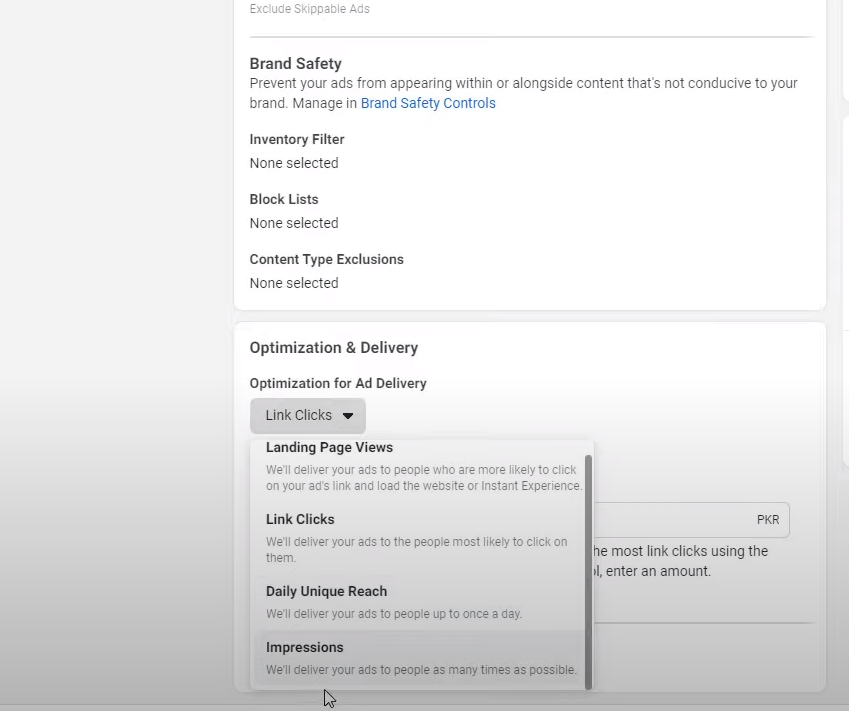
Step 6: Customize Instagram ad creativity
This is when your imagination comes into play. Here, you’ll pick how you want your ad to look, which will, of course, be determined by your initial goal. On Instagram, you have a few different ad alternatives. Carousel, single picture or video, or collection We really did some studies to discover which types of ad worked best for certain objectives. After selecting your ad type, click on it to be requested to explore and submit your graphics, which can be photographs or a video.

Step 7: Create Instagram page link
The next important step is to enter the url of the website to which you want to attract more visitors. If you’re using marketing automation software, make sure to set a unique tracking url with utm parameters for this ad so you can measure traffic and conversions from it. You’ll then add a title. This is not normally shown to Instagram users who see your ad, but it’s always a good idea to fill it out just in case. Enter a brief description of where people will visit.

Step 8: Provide feedback on Instagram ad performance
Once your Instagram ads are up and running, it’s critical to monitor their performance. You can go back in and change most components of the ad, so if you see a mistake or your picture isn’t doing as well as you’d want, you can change it.
You may view the results of your advertisements in two places:
Marketing software
Facebook ad manager
There is a smart and broad dashboard in ad manager that gives customers with an overview of all their campaigns. You can obtain data on reach, cost per result, and amount spent without changing any settings.
Marketing software
With so many variables to track, it’s easy to lose sight of the broader picture when it comes to marketing software. To fully monitor your performance, utilized marketing software and the “UTM” codes included in your advertising to assess the full-funnel efficiency of your ads.
Examining the precise tracking codes via your marketing software will allow you to keep track of how many leads (or, better still, customers) you created with your Instagram ad campaign. This ROI statistics may then be utilized to influence future efforts.
